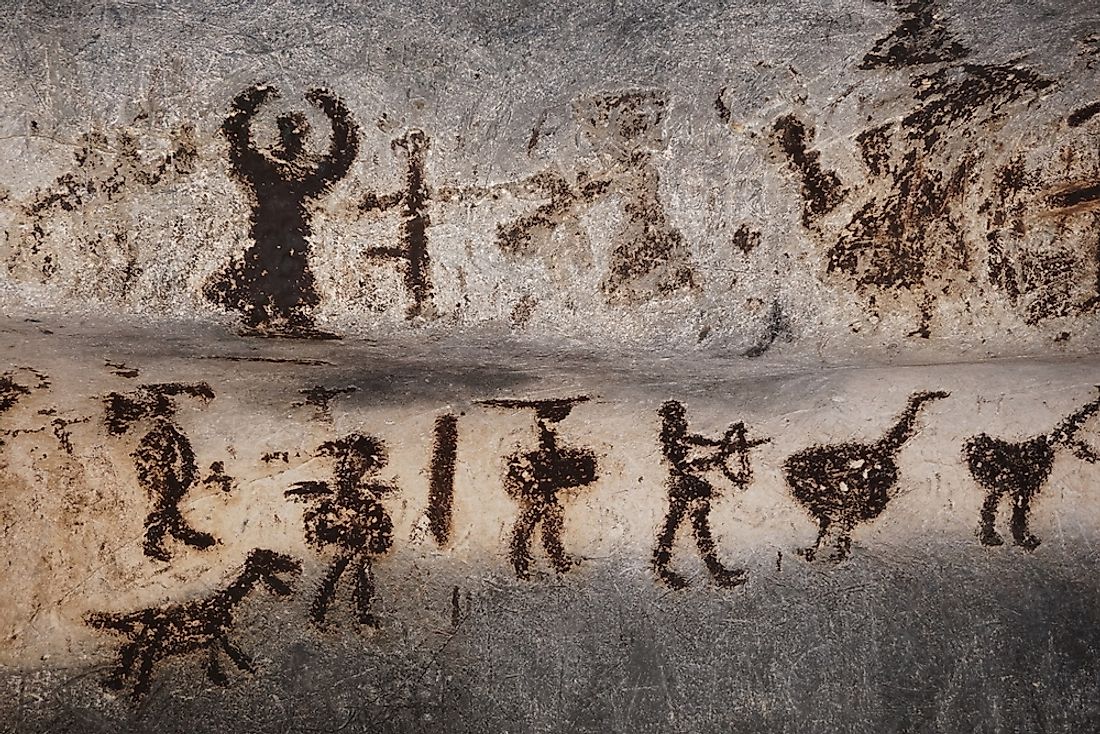When Was the Paleolithic Age?

When Was the Paleolithic Age?
The Paleolithic age was the period ranging from 2.6 million years ago to 10,000 years ago. The name Paleolithic was coined by the famous archeologist John Lubbock in the year 1865. The term ‘Paleolithic’ was borrowed from a Greek word ‘Palaios’ which means ‘old’ and ‘lithos’ which means ‘stone.' This implies that the Paleolithic age is the ‘old stone age' starting from the period when humans first utilized tools made of stone to the onset of the Mesolithic age. This age period has been classified into upper, middle, and lower Paleolithic periods due to the growth that was experienced by the human species over time.
Human Evolution
The discovery of fossils all over the world has helped to pinpoint the general distribution of the different human species of the Paleolithic age. The hominins were found at the eastern side of Africa, and the Homo erectus found at the Eastern side of Asia. All these discoveries also uncovered that the human population during the Paleolithic age was significantly low. Through the uncovering of evidence put forward by the archeologist and ethnographers, the emergence of the anatomically modern humans is greatly respected. From the early Nakalipithecus apes to the modern humans the Homo sapiens, it is without a doubt that the human evolution has gone through interesting phases worth exploring. Significant climatic and geographic alterations occurred during the Paleolithic age which affected the then existing human societies, flora, and fauna.
Social Organization
The human societies from the Paleolithic age are recorded to have lived without any form of organized states and governments. According to the classifications, middle and upper Paleolithic human societies lived together in groups of 25-100 members and they were nomads. At the end of the Paleolithic age, families started to settle down to cultivate land and trade with neighbors. Paleolithic societies that were located in the environments that were full of resources like Sungir societies resulted in the formation of a leadership structure. The most important responsibility of each member of the bands living together was to have essential skills that would enable them to perform specific tasks needed for human survival. Anthropologists have recorded that gender played a big part in terms of roles at home with women gathering wild plants for food and men going out to hunt. In recent times, archaeologists have strongly disagreed with this discovery providing evidence that supports lack of division of labor along gender lines.
Religion and Beliefs
The development of any form of spiritual or religious belief in human evolution started during the Paleolithic age. The middle Paleolithic human species created burial sites and defleshing rituals led the anthropologists and archaeologists to conclude that they believed in an afterlife. The religious practices during this age were termed as apotropaic which is magic utilized by the humans to bring success during hunting and for the lands they inhabited to be productive and the fertility of the women in the society.
Diet and Nutrition
The diet of the Paleolithic age species was diverse and included both plants and animal-derived foods. The change in technology and tools used on a daily basis greatly impacted the diet structure of the human species during the period. The fishing tools, fire making tools, and skills greatly helped the humans to experiment on different nutritional plant and animal foods.











